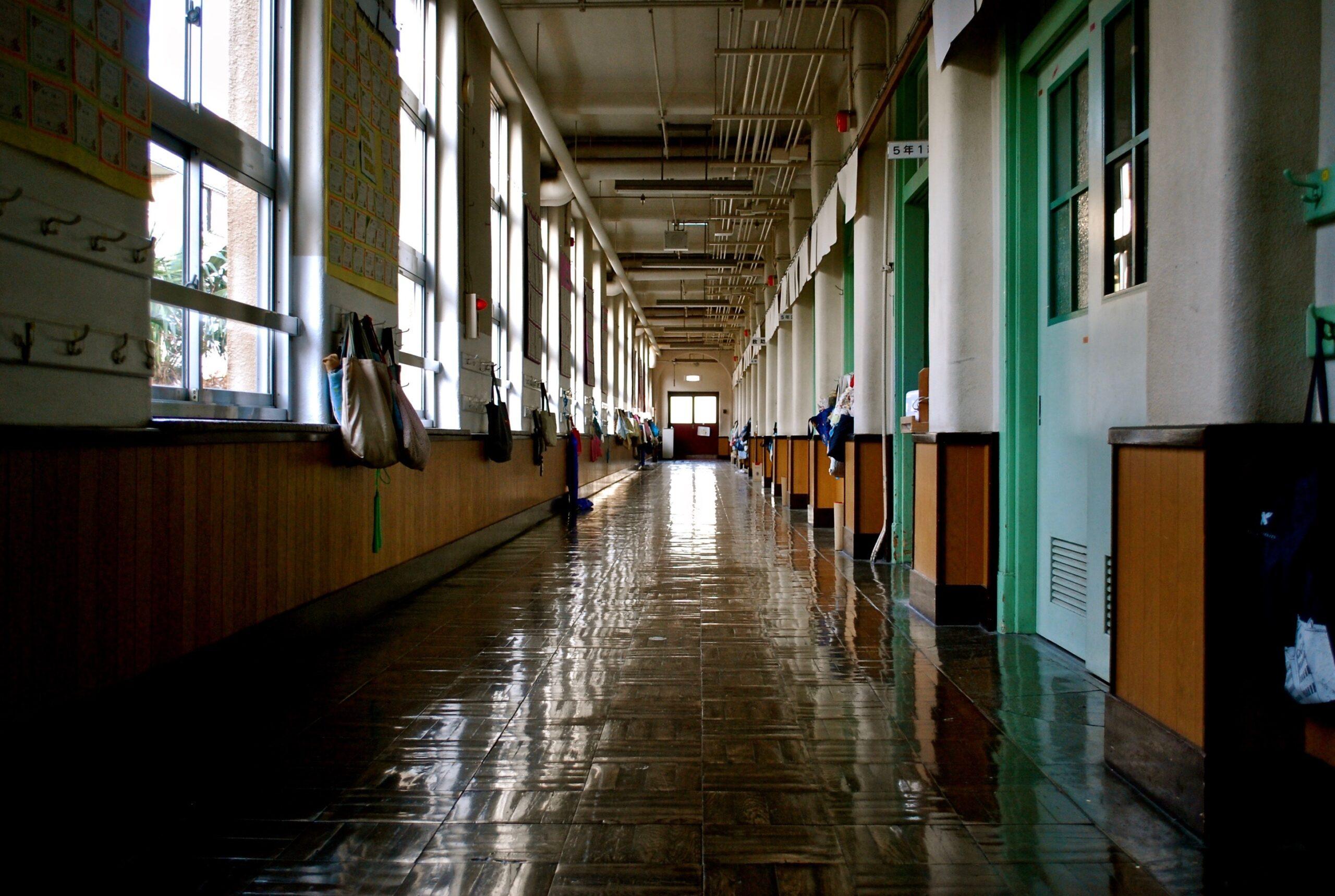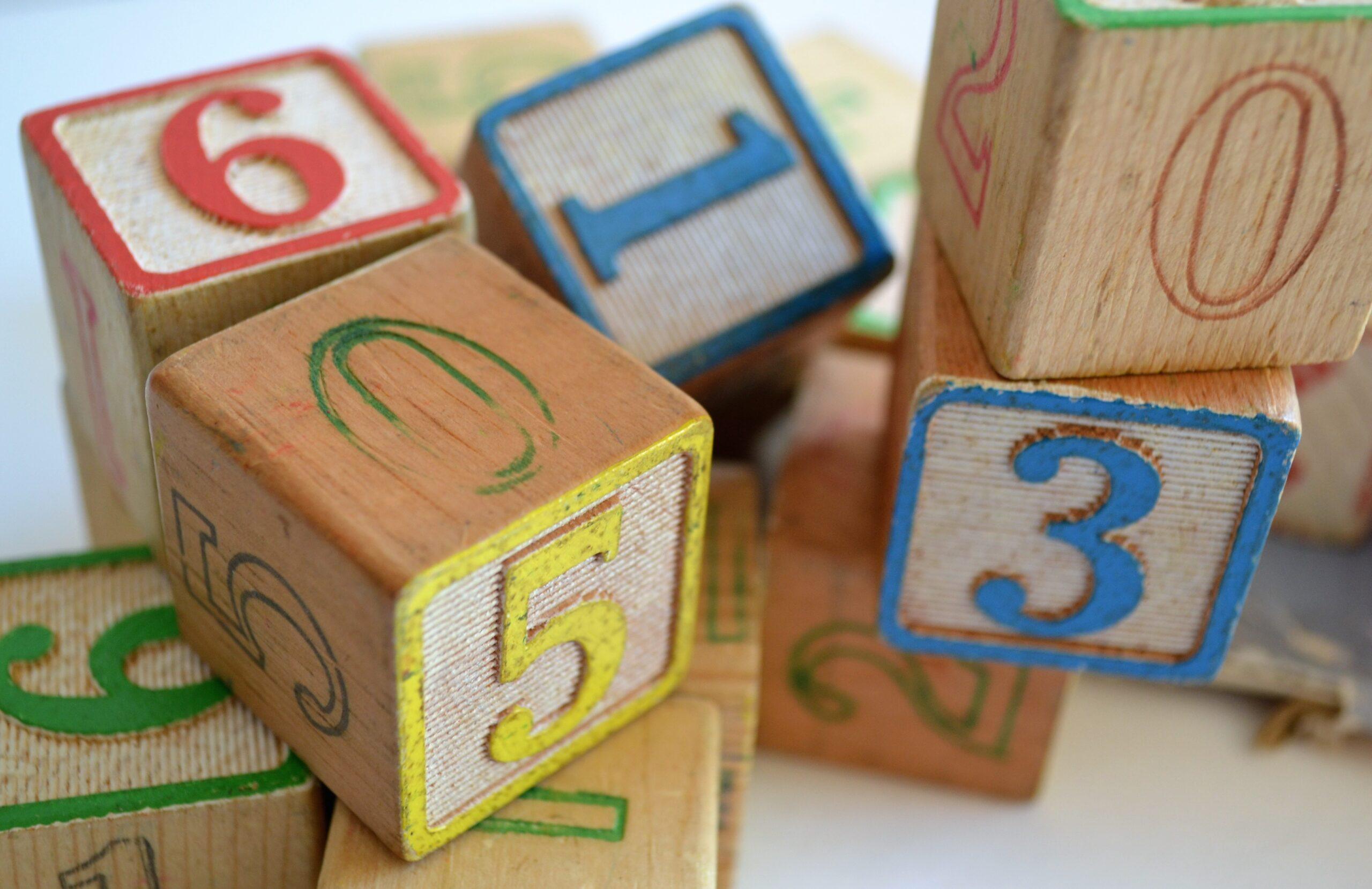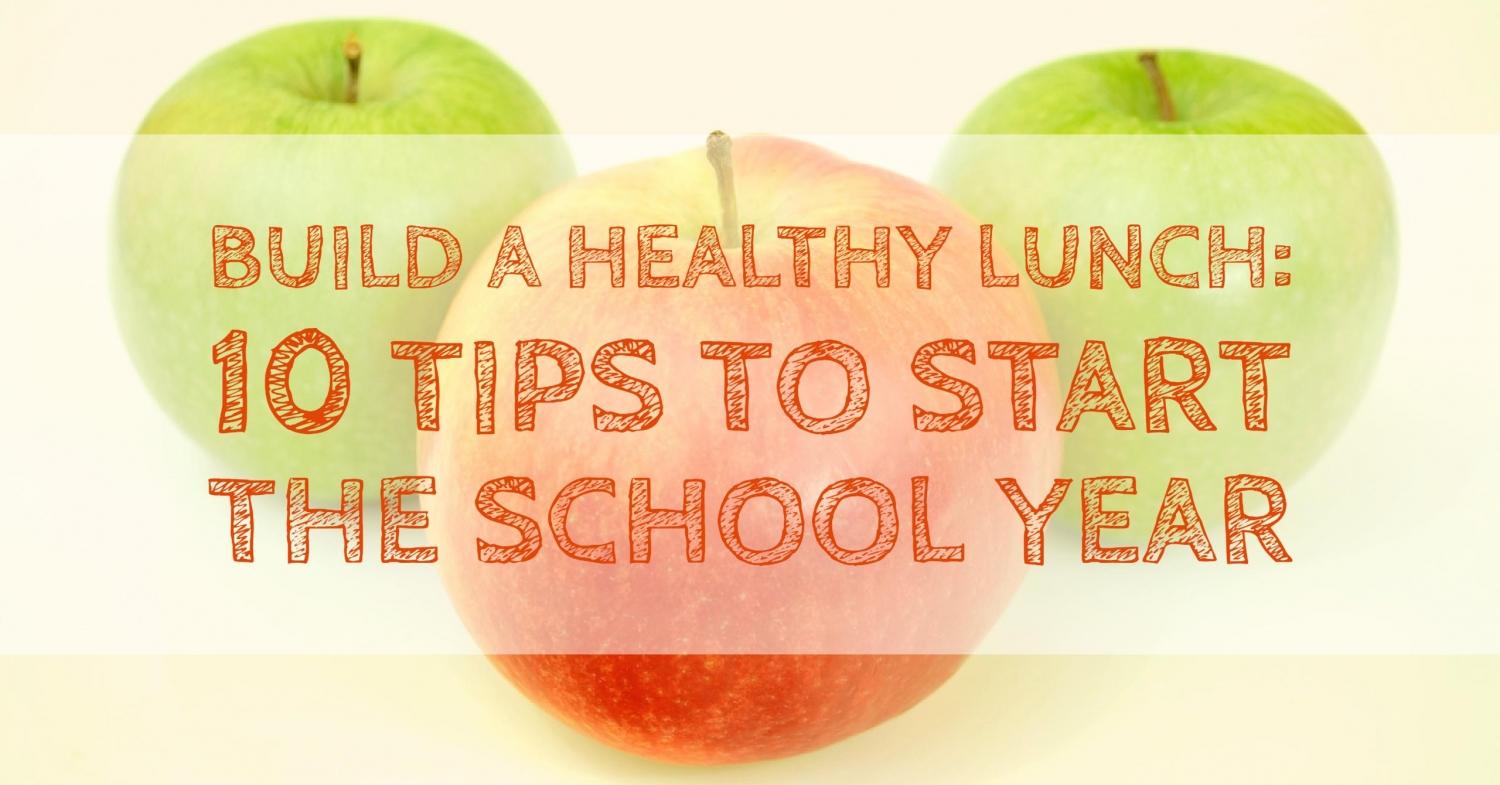There are many emotions that parents and children experience when it comes to separating at the beginning of the school year. Children are generally both reluctant to leave their parents’ sides as well as excited to explore and learn in their new environment. Happy to reach these monumental milestones with their children, parents typically feel proud of their children as kids adjust to school. However, parents also often feel a mix of bittersweet emotions as their “babies” are growing up and becoming somewhat independent from them.
Each child and parent reacts differently to the transition to starting preschool. While different reactions are normal and healthy, here are tips for parents to facilitate the transition at the beginning of the preschool year.
- Talk to your child before the first day of school. Use simple sentences to describe what he or she can expect to be doing in the classroom. If possible, arrange an informal tour of the school, preferably when class is in session. A little mental and physical preparation can go a long way.
- Reassure your child that you will always return to school at the end of the school day. If someone else is responsible for taking your child home, explain that person will be there every day. This reassurance builds trust and confidence in your children.
- Tuck a family picture into your child’s lunchbox, or encourage him or her to put a favorite photograph in his cubby for easy viewing. Other reminders of home, like love notes put in a child’s school bag, can be hand-drawn or written in simple language. The important thing is that your child recognizes your “presence” even when you’re minutes or miles from school. Some teachers may even read such notes to children during lunchtime.
- If your child appears anxious on the first day of school, show him or her where in the building you or another caretaker will be waiting at the end of the day.
- Arrive at school a few minutes before dismissal to ensure you are waiting for your child. If your child needs to wait for you, he or she may experience distress, especially in the beginning of the year.
- Greet your child with a big kiss and hug. Acknowledge something positive about your child finishing the school day.
- Remember transitions are usually harder on parents than children. Even if you have to leave your crying child, after your school’s transitional separation period, which varies from school to school, your child will probably stop crying before you leave the building. The school director should call you if you are needed.
- Never sneak out on your child. Always say a brief goodbye, even if that means your child might cry for a little while. This reassures your child to trust your actions.
- At times children have a delayed reaction to separation. At first they seem unaffected by the separation. Then, after some time at school, they might begin to cry. This is normal behavior and can be dealt with in the same manner as your initial separation.
The benefits to you and your child for a successful transition from home to school outweigh the initial discomfort of separating. Confidence in your child’s independence lays the foundation for his or her future self-esteem.
When you provide your child with the experience to fly independently, you grant a priceless gift as a parent. This support and confidence coupled with early positive feelings toward school encourages the success of a lifelong learner. Here’s to a prosperous transition for the upcoming preschool year.




